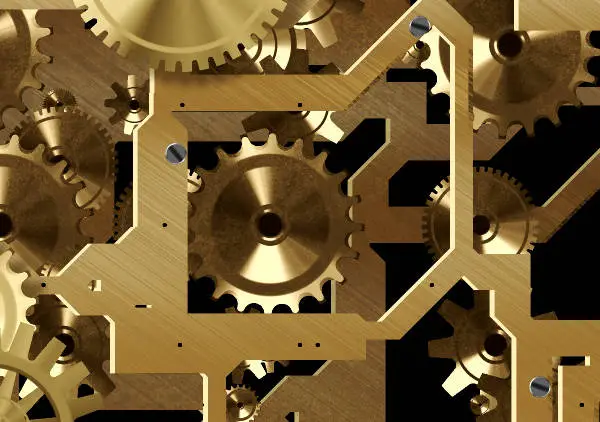We always welcome a Letter to the Editor to share with readers. If you have something you’d like to share, get in touch. This letter from Ron Chonner from Lake. Ed
News that a fleet of brand new buses have been assigned to the Island prompt me to enquire whether any of them will be fitted with the newest method of propulsion being developed for public transport.
The aim of this new method is apparently to overcome the seemingly intractable problems associated with electrical drives. Namely, the immense cost and weight of the necessary batteries, together with the hours of charging these batteries require before they can be used, plus their unfeasibly short range.
To describe the method as ‘new’; is perhaps a little deceptive. In fact it is a method which might by some be considered a throw-back. Yet it is one that seems to offer an ideal solution to the problem.
It is, I am given to understand, none other than clockwork.
A background on clockwork
For those among us who are unsure – clockwork mechanisms were widely used in the days before the small battery was invented. And indeed for long after. They were principally used to drive toys – cars and locomotives for example – and perhaps more importantly were responsible for the accurate time keeping so vital to our modern day lives by being used to power our clocks and watches.
And if it wasn’t for the introduction of petrol and diesel engines, they would probably have gone on in time to drive full-size cars and buses and trains. After all, they still power some of our large tower clocks, as well as those ingenious radios and similar equipment used where electrical power is not readily available.
Ideal for buses
Clockwork motors are, by virtue of their design flat and shallow in outline and are therefore ideal for installation beneath the floor of buses – or lorries of course – thus leaving the maximum of interior space for people or goods.
They have no need of fuel tanks or batteries as they store their power in large springs which are wound tight by some exterior means. Such power being released in an easily controlled, steady manner as and when required.
Fast ‘charging’
Winding these springs, in sharp contrast to electrical machinery, is a matter of a minute or two.
Buses will be fully ‘charged’ at the depot by small, mains driven electric motors connected through a flexible drive perhaps by the bus driver him or herself. And any ‘top-up’ required during a ‘run’ can be similarly arranged by strategically placed electric motors. Which might even be arranged to connect up automatically.
Rewind whilst loading
In any case, the time to rewind the clockwork spring will be less than the time taken for a short queue to board and take their seats.
And there are further possibilities in the pipeline. Sun powered cells on the vehicle roof could be arranged to power a small re-winding motor carried by the vehicle. And even the action of passengers on boarding the bus or mounting the stairs to the upper deck might be employed through some ratchet device to help rewind the spring.
When you consider the clockwork spring mechanism is built entirely of relatively cheap steel and brass, has no revolving or reciprocating parts to vibrate and wear out bearings – all in sharp contrast to the miles of copper wire required for large electric motors, or the specialise alloys needed for present day engines, the advantages seems obvious.
Image: Filter Forge under CC BY 2.0




